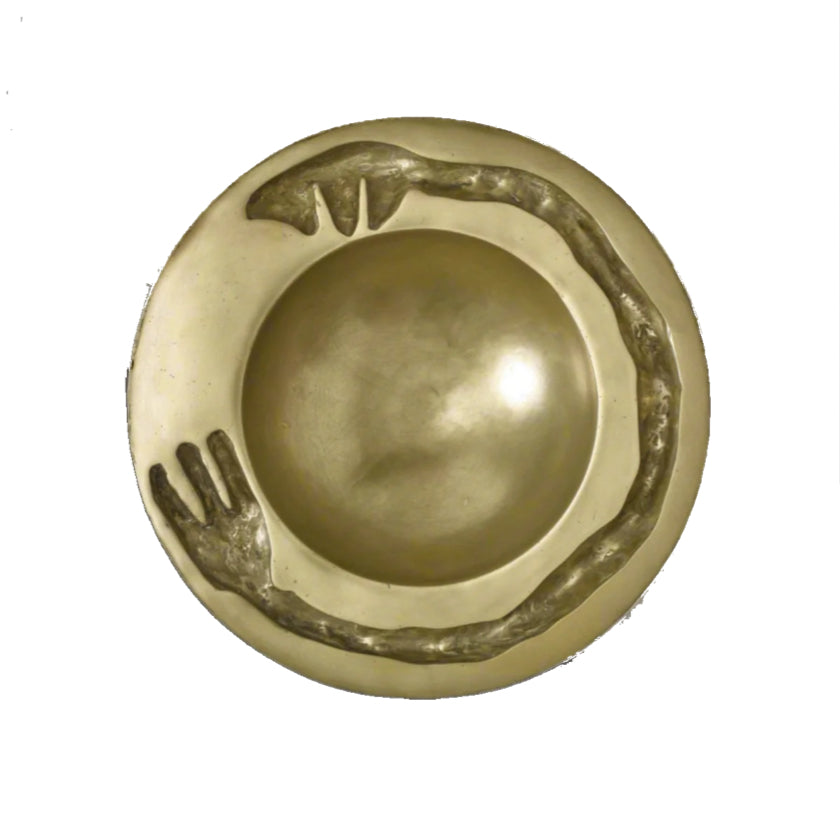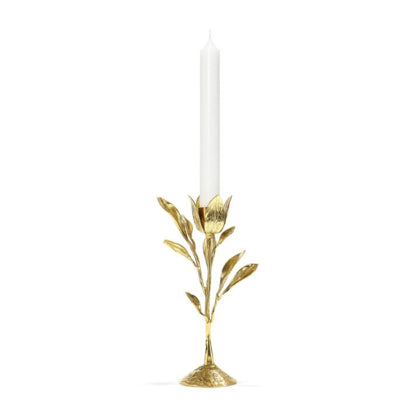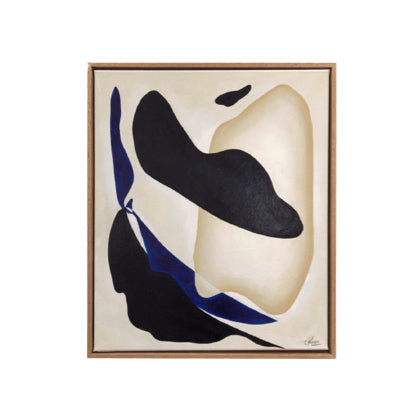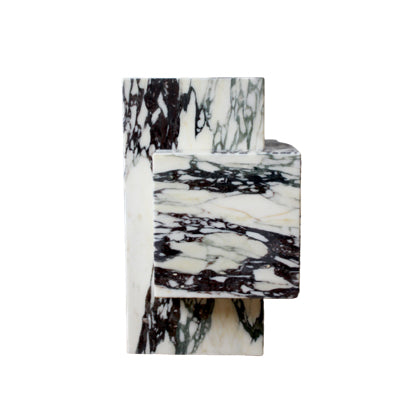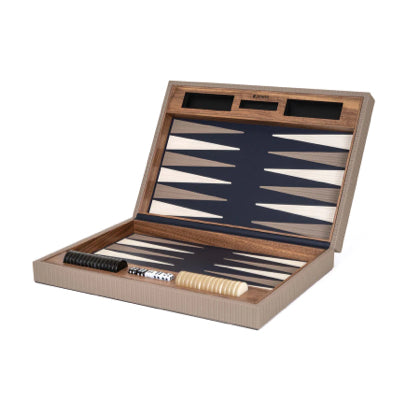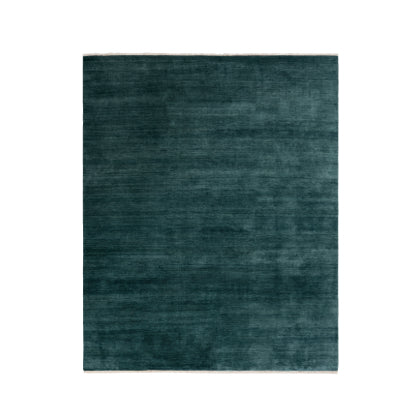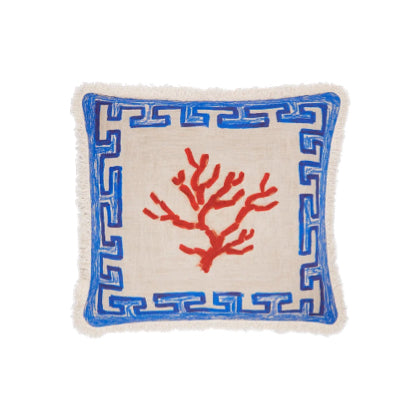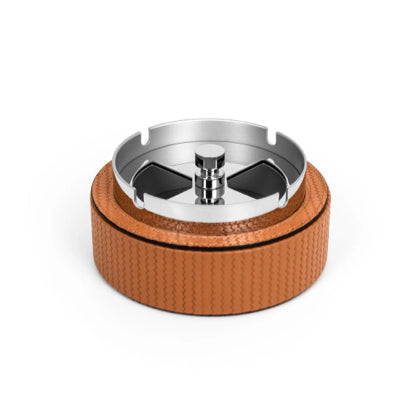Contemporary home furniture
Understanding the Philosophy Behind Contemporary Home Furniture
Thus, we meticulously choose items that harmonize with various living spaces, ensuring they resonate with the residents' personalities and lifestyles, much like our collection of modern home decor.
This collection showcases a diverse range of materials and textures, allowing for a dynamic interplay within your living environment. From sleek metals to warm woods, each material is selected for its durability and visual impact. Our aim is to provide furniture that not only meets practical needs but also serves as a canvas for personal expression. We believe that every item in your home contributes to the overall narrative of your life, and our contemporary offerings invite a dialogue between form and function.
In curating contemporary home furniture, we also pay homage to the principles of sustainable design. Many of our selections are crafted from eco-friendly materials, highlighting our commitment to the environment and responsible sourcing. This dedication ensures that your furniture choices contribute positively to both your home and the planet. Ultimately, each piece serves as a testament to our philosophy: that modern living should be both beautiful and conscientious.
Modern design emerged in the late 19th and early 20th centuries as a response to the ornate styles of previous eras. Influenced by the Industrial Revolution, it brought a new approach that celebrated simplicity, functionality, and the innovative use of materials. The movement was characterized by clean lines, minimal ornamentation, and an emphasis on the beauty of form and function. Designers like Le Corbusier and Mies van der Rohe played pivotal roles in shaping this aesthetic, encouraging a shift away from traditional craftsmanship towards a more industrialized production process. This evolution reflected broader social changes, including urbanization and the rise of a middle class that sought practical yet stylish solutions for their living spaces.
As modern design progressed through the decades, it saw the incorporation of various cultural influences and movements. The Bauhaus school, for instance, bridged art and design, emphasizing the importance of creating objects that were both beautiful and accessible. The minimalist approach, which emerged in the mid-20th century, further stripped down design to its essential elements, showcasing the beauty of materials like wood, metal, and glass. Modern pieces today often reflect this legacy, marrying functionality with artful simplicity, appealing to those who appreciate not only aesthetics but also the underlying philosophy that values clarity and purpose in design.
Minimalist design is all about simplicity and functionality, seamlessly blending beauty with purpose. When styling a space, consider the importance of open areas that allow for free movement and a sense of tranquility. Opt for furniture pieces that boast clean lines and neutral color palettes, which can create a serene atmosphere. Incorporating natural materials, like wood or stone, can also enhance the organic feel of a minimalist design, allowing your space to breathe while remaining visually appealing.
To achieve a polished minimalist look, focus on fewer, high-quality items that serve multiple purposes. For instance, a sleek coffee table with hidden storage can help reduce clutter while providing essential surface area. Pair this with carefully selected accessories, like a single statement piece of art or a unique sculpture, to draw attention without overwhelming the senses. Remember that less is often more in minimalist design; each element should contribute to the overall harmony of the space.


